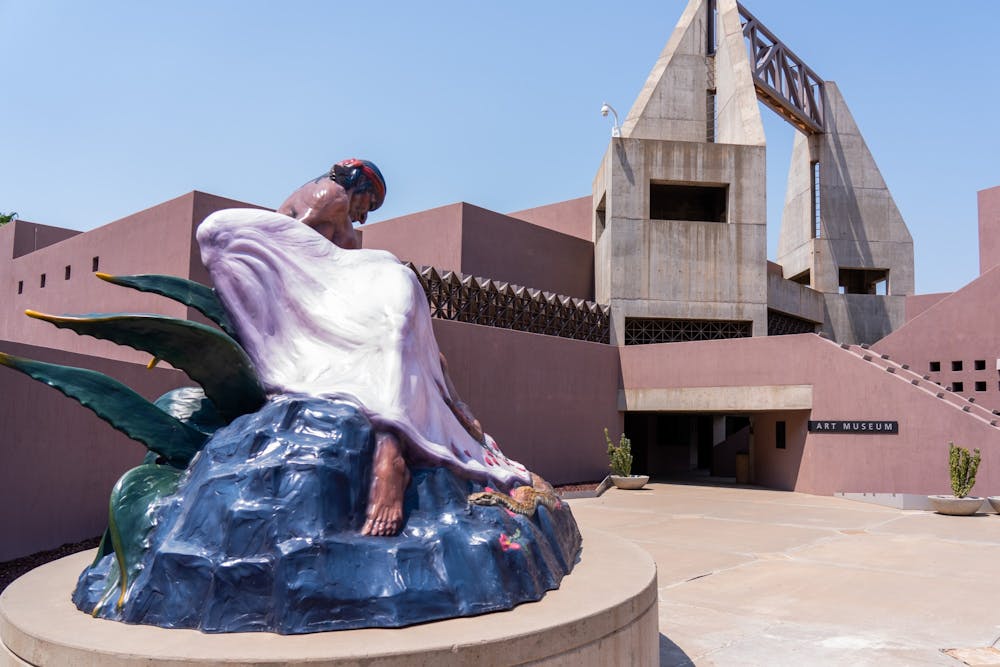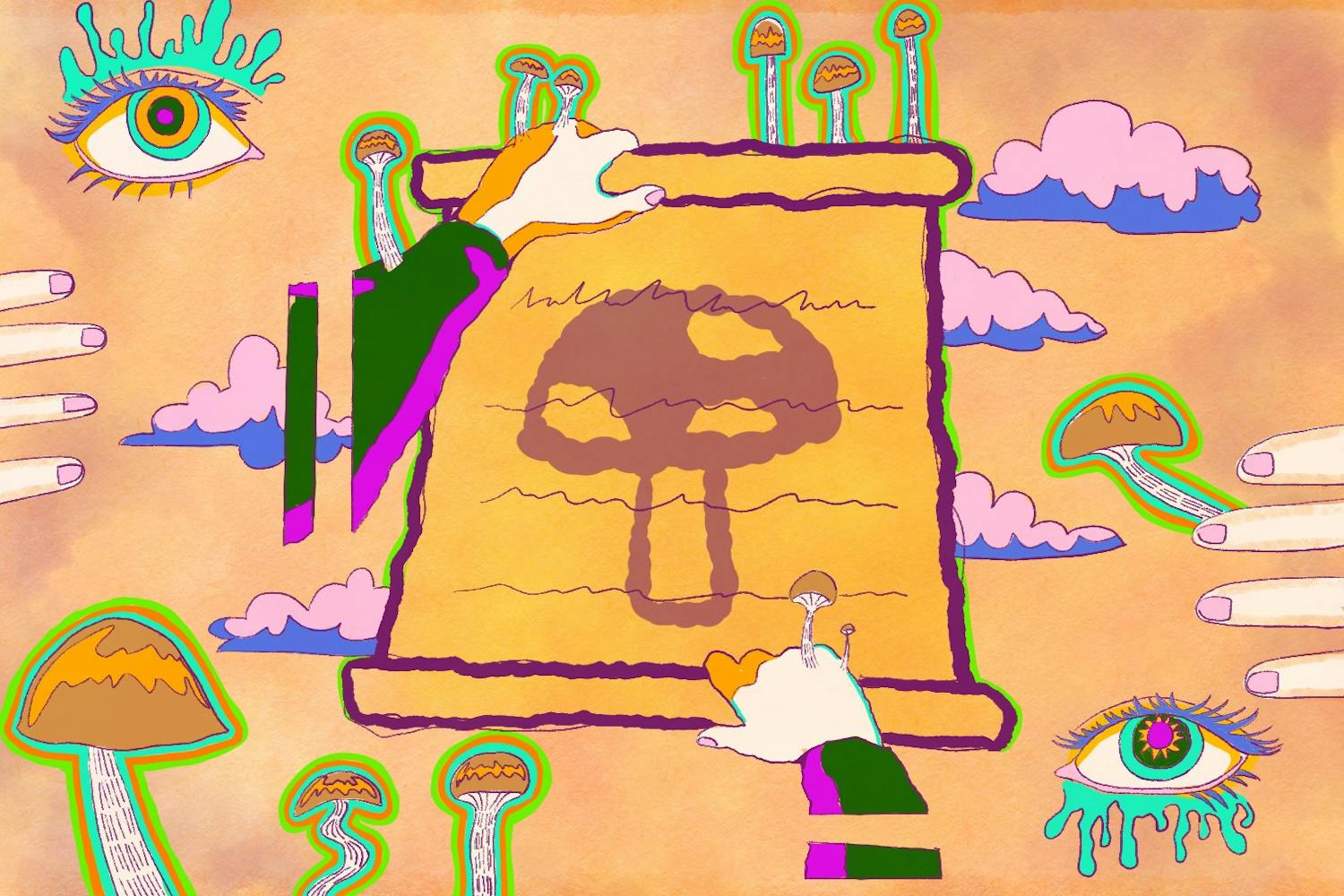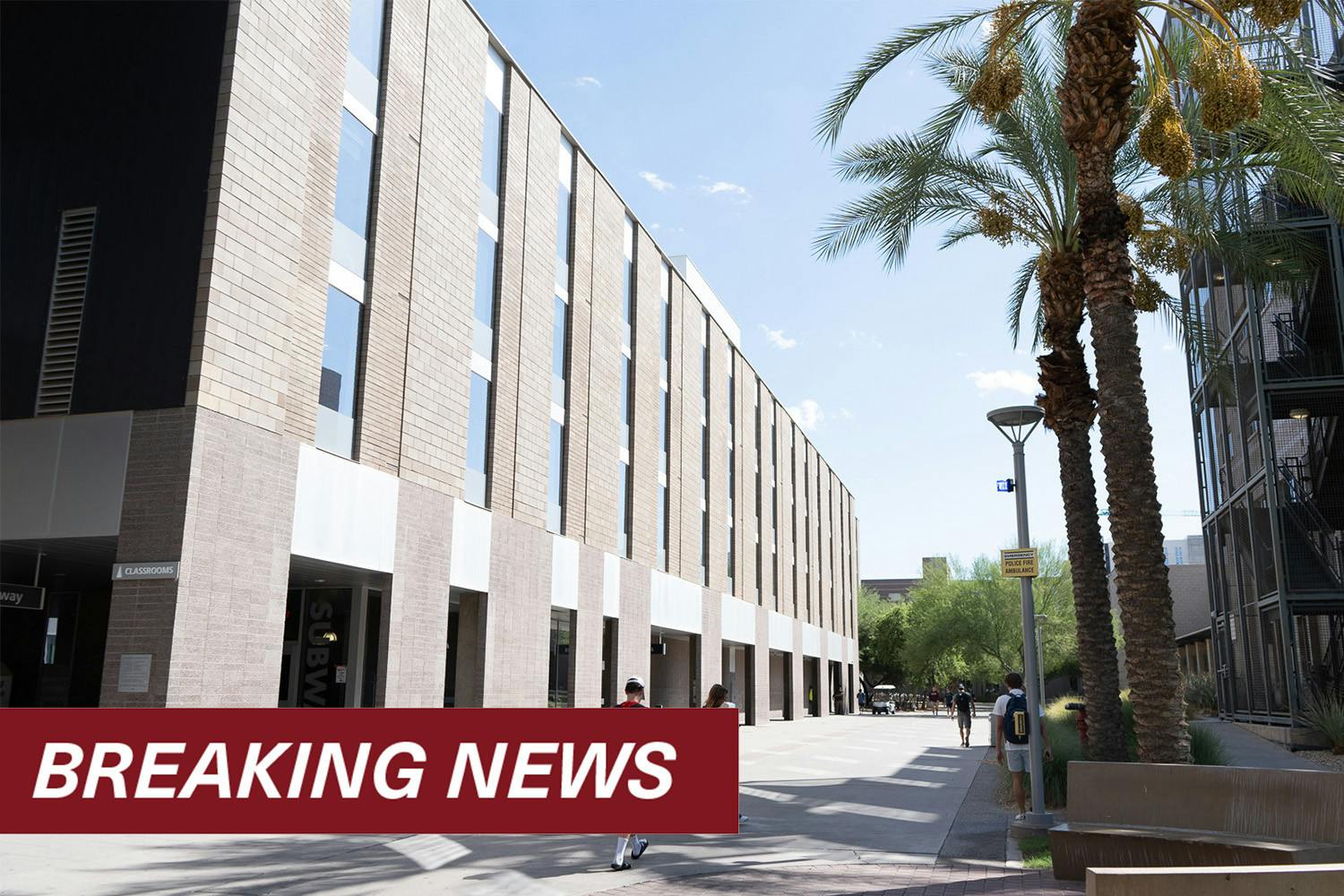Amid a national reckoning with the history of the prison industrial complex and its relationship to racial injustice in the U.S., ASU Art Museum's upcoming exhibit, "Undoing Time: Art and the Histories of Incarceration," will focus on educating people about the history of mass incarceration in the U.S. through art.
The new exhibit is the product of a partnership with the Art for Justice Fund. The organization funds artists and advocates working to reform the criminal justice system and donated $125,000 to commission contemporary artists to make art unique for the exhibit. The exhibit is set to open in fall 2021.
The exhibit will focus on the history of mass incarceration through several lenses, including race — a perspective that has become more prevalent as efforts to fight for civil and social justice picked up over the summer.
According to the Federal Bureau of Prisons, there are over 156,000 inmates in federal custody. Of those inmates, 38.3% are Black and 30% are Hispanic. According to the 2019 Census estimates, only 13.4% of people living in the U.S. are Black and 18.5% are Hispanic.
ASU Art Museum Director Miki Garcia said the museum's team has spoken with around 40 activists, formerly incarcerated people, scholars and religious figures to ensure the exhibit features a variety of perspectives. The artists the museum has commissioned are diverse in ethnic, racial and geographical backgrounds and vary in genders.
Garcia said the exhibit will encompass “empathy, imagination and community." She said she hopes the exhibit will attract all types of audiences and bring together a community of people passionate about learning.
"We want all our exhibits to allow audiences to come in with the mindset of 'what will I learn today?' as well as to encourage people to practice curiosity and wonder while bringing their own lived experiences to the exhibition," Garcia said.
READ MORE: ASU Art Museum reopens with new Toshiko Takaezu exhibition
Leah Sarat, an associate professor in the School of Historical, Philosophical, and Religious Studies, studies mass incarceration in relation to immigration.
She said as conversations about prison abolition become more common, art and imagination play a large part in coming up with solutions to mass incarceration.
Sarat said she began researching the connection between issues within immigration and religious issues and found her research cannot end there, but it must expand to issues related to mass incarceration and how it disproportionately affects people of color.
"It's easy to compartmentalize and think of these as separate issues, but there is a broader, connected history," Sarat said.
According to World Prison Brief, the U.S. is the world leader in incarceration, with a prison population rate of 655 per 100,000 people. Sarat said art can help people imagine a future where this is not the case.
"Can we imagine other times and places in the world or other possibilities in the future where people have had order in society, and have had safety, but they've gone about it in a different way?" Sarat said. "That's where I think that artists are a really crucial piece here as visionaries for us."
To Sarat, the convergence of art and a growing national awareness of mass incarceration could produce solutions.
"Art is not just for connecting on emotional levels, it is for imagining a new world," Sarat said. "And now as conversations about prison abolition enter the scene that hits at the heart of the imagination."
Terrence Bogans, the program officer at the Art for Justice Fund, believes art can disrupt cultural narratives and change long-standing systems of oppression.
“When it comes to shifting the narrative or reframing our ideals as a society, art is such a powerful force because it requires us to interrogate subjects, like mass incarceration, on an intimate level and stimulates our senses and deepest thoughts," Bogans said.
Like Sarat, he sees the potential of art to encourage creative and thorough discussions about the history and future of incarceration in the U.S.
"It challenges us to question and explore not only what we see in, but also how art makes us feel," Bogans said. "This feeling can energize us to make a change not only within ourselves but within our community."
Reach the reporter at lkobley@asu.edu and follow @LKobley on Twitter.
Like The State Press on Facebook and follow @statepress on Twitter.

Lauren Kobley is a reporter for the Community and Culture desk at The State Press. She has previously interned with the Fountain Hills Times.




